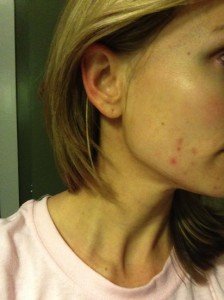

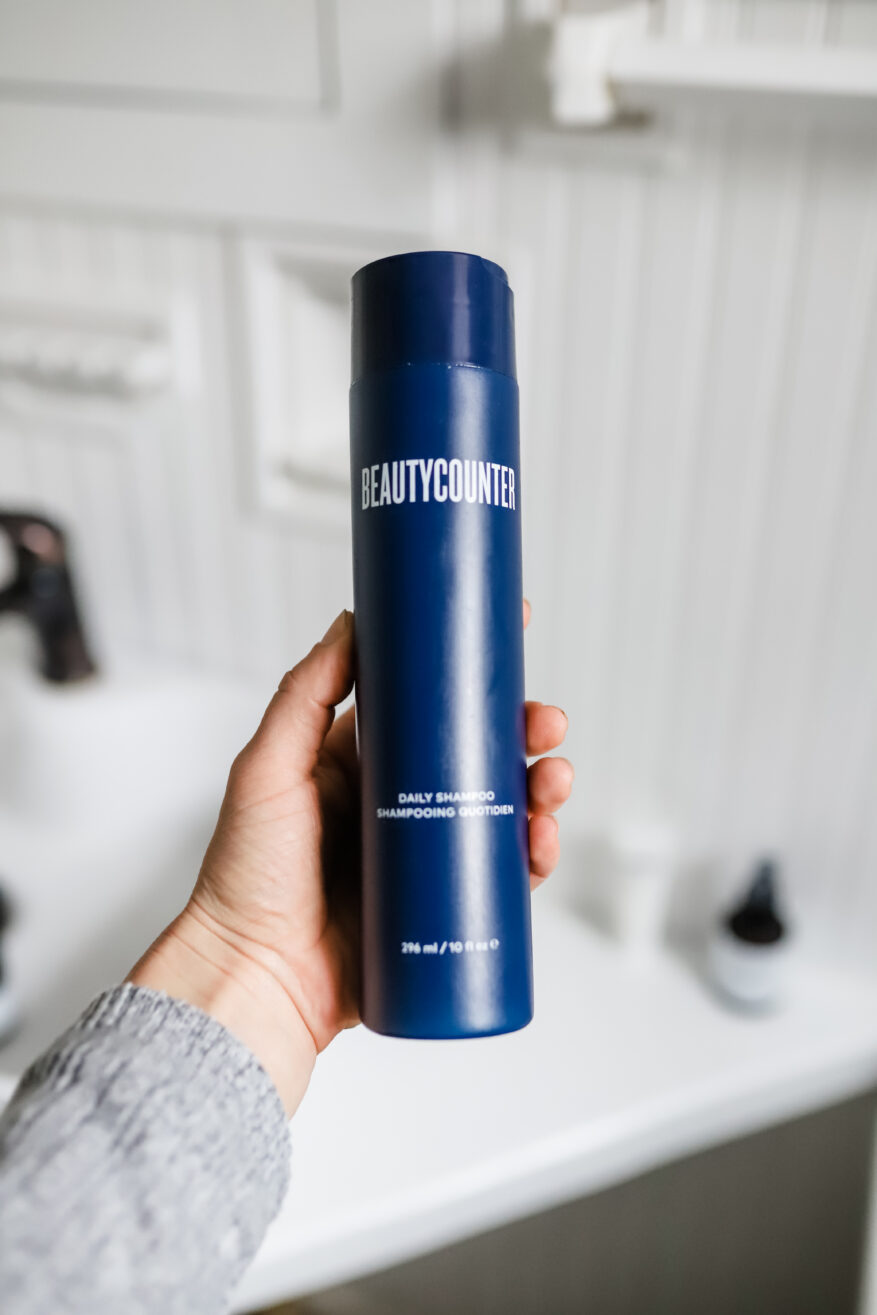
In the past decade or so, switching to clean skincare and beauty products has become increasingly popular. Many Americans are becoming more aware of the potential dangers of certain ingredients for their long-term health, and they’re also working toward reducing their carbon footprints. I started switching to clean skincare and beauty when I tried a tinted moisturizer I really liked. Honestly, I wasn’t looking to switch to clean skincare and beauty, but after finding that tinted moisturizer and learning about the brand, I discovered so much about the beauty industry that I didn’t know (and didn’t like). I even learned that there are lots of ingredients that are banned in other countries, but not in the USA.
Since then, I’ve gradually switched out almost every skincare and beauty product to a cleaner brand. And while I’m not perfect, I’ve done a pretty decent job. I will make one caveat though: I care about the product’s performance, especially when it comes to makeup. I won’t use a beauty product solely because it’s clean. It also has to work well, so I’m a little picky.
Today I’m sharing about shampoo specifically. Since shampoo and conditioner are products we use multiple times a week, it’s important that we’re careful about what ingredients are in them. Shampoo gets ALL OVER your body, so it’s absorbed even more easily. That’s why it’s important to know what’s on the ingredient list. Not only can shampoos have harmful ingredients that are used on your scalp, but they can also harm the environment.
Let’s dive in and I’ll share more.
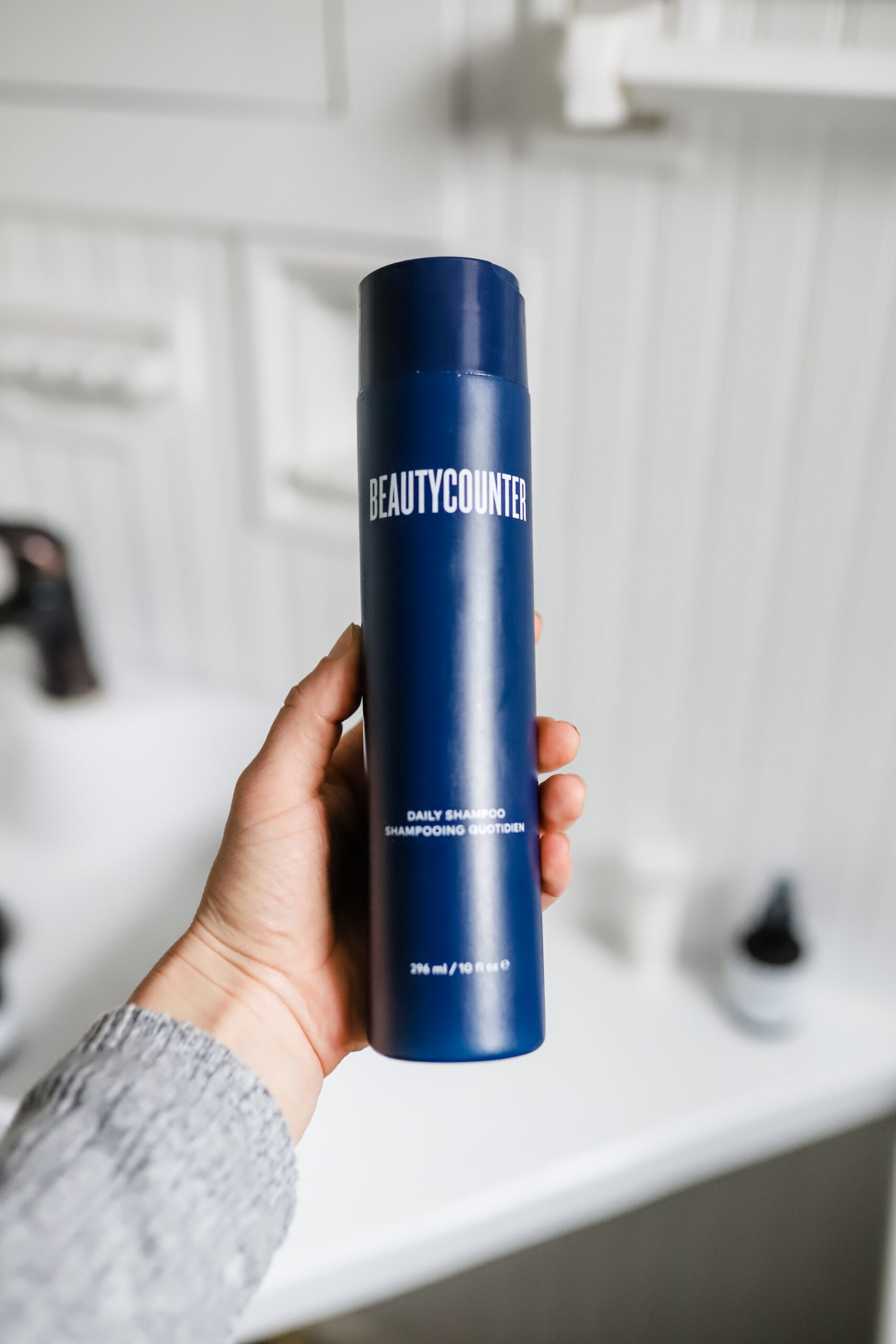
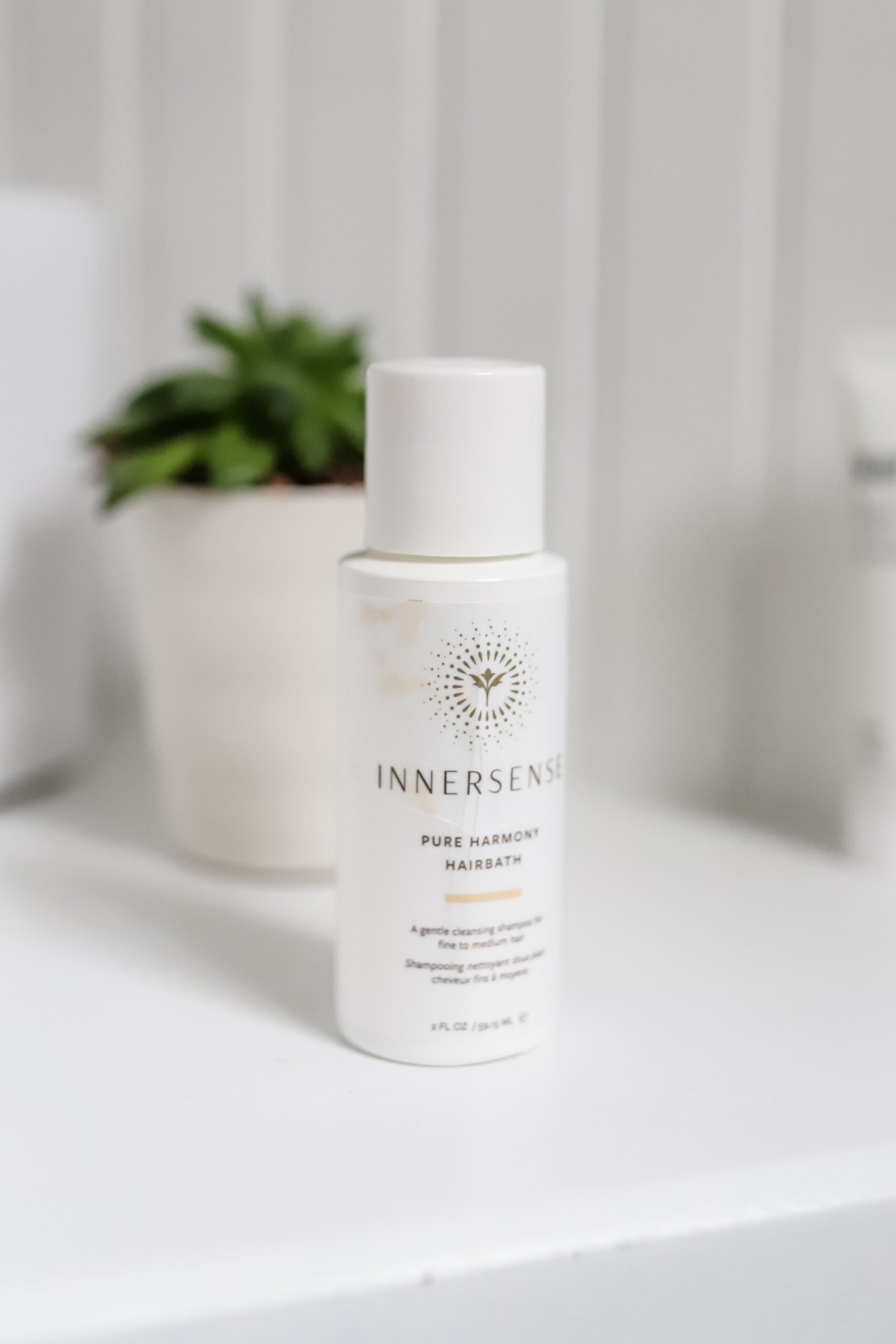
Here are the 15 bad shampoo ingredients to know and avoid when you’re reading the label on your bottle.
What exactly are parabens? Parabens are a preservative that prevents bacteria from growing in shampoos (or other beauty products). Sounds like a good thing, right? Unfortunately, they can also mimic estrogen (a hormone in your body) and this can disrupt the normal function of hormone systems. That means that these parabens can affect your reproductive system, e.g. reproductive development, fertility and birth outcomes (source). They’ve also been linked to increased growth of breast cancer cells.
These sulfates are responsible for the lathering effect you typically get with shampoo. This removes the dirt and oil from your hair. While these aren’t the WORST thing you could put in your hair, they can cause irritation. These are strong chemicals that can cause your hair to become dry, frizzy, or even cause breakage. If you’re prone to a flaky dry scalp, you may want to check your shampoo bottle, since these ingredients can be really irritating.
Ahh fragrance, the loophole of the beauty industry. This is actually really interesting. Did you know that if you slap the word fragrance on an ingredients list, you don’t have to share what’s exactly included in that word? Many brands use this as a way to include toxic ingredients that you don’t know about (or want!) in your products. A healthier option is to opt for a brand that discloses what’s contributing to the scents in their products. Essential oils are a great way to make a product smell good without sketchy chemicals. I can’t STAND the smell of most brands that use synthetic fragrances. Conventional laundry detergent, lotions and hand soaps make me gag so I always choose cleaner options for those.
Triclosan is an antibacterial agent, but it was banned from being used in antibacterial soaps in 2016. However, it’ not banned in shampoo (or deodorant and toothpaste, actually). Triclosan is an anti-fungal. But it’s very strong and can cause hormone disruptions. If the Mayo Clinic suggests you stay away from products containing Triclosan, then you might want to listen. 😉
Sodium Lauryl Sulfate is another ingredient to be aware of. It’s used as a foaming agent, but SLS chemicals can strip the color and natural oils from your hair if it’s color-treated.
Yeah, the stuff you used when you were in middle school science class. Formaldehyde is used to help prevent microbes from growing in water-based products (shampoo). But they can be absorbed through the skin and have been linked to cancer and allergic skin reactions. You won’t always see the word formaldehyde on your shampoo bottle since brands can add it in the form of a formaldehyde-releasing preservative. Look for quaternium-15 on the ingredient list.
You probably learned that sodium chloride is another name for salt in high school chemistry class. Most companies use this to thicken their shampoo, and while it’s not dangerous, it can irritate your scalp and make it dry. It’s best to stay away from this if you can, especially if you have sensitive skin or are prone to flakiness.
Polyethylene Glycols (also know as PEGs) are another thickening agent. While there isn’t a ton of evidence that PEGs themselves are super unhealthy, there are byproducts of PEGs that are considered harmful.
Dimethicone is used to give your hair the soft and smooth feeling we’re always trying to achieve. The problem with it is that it will dry out your hair over the long-term and eventually causes buildup that can irritate your scalp. Dimethicone covers the outside of your hair, which will feel great in the short term, but not so good later. This is one of the ingredients that make hair feel greasy.
Just like synthetic fragrances, synthetic colors are also a no-no. The colors added to make shampoo look nice. But they are usually made from petroleum or coal-tar sources, which are (you guessed it) not good for you. They can cause allergic reactions and hyperactivity in sensitive children. You’ll likely see them as FD&C or D&C combined with a number.
Cocamidopropyl betaine is another ingredient used to create the foaminess of shampoo when it lathers. While it seems safe since it comes from coconut oil, when used alongside dimethylaminopropylamine, it can cause irritation, eczema and allergies. In fact, in 2004, cocamidopropyl betaine was named the Allergen of the Year by the American Contact Dermatitis Society.
Retinyl Palmitate is used in beauty and skincare products as an anti-aging ingredient. But there are multiple studies suggesting that there’s a possible link between retinyl palmitate and skin cancer.
DEA is generally used as an emulsifier in shampoos, cleaners, and detergents. It’s an ethanolamine compound that’s been associated with cancer in the liver in female mice (YIKES) and it’s banned in cosmetic products in Europe.
TEA is another ethanolamine compound and is used as fragrance, pH adjuster and emulsifying agent. It’s also banned in Europe for being associated with cancer in the liver in female mice, like DEA.
Not all alcohols are bad in shampoos. Cetearyl alcohol and Stearyl alcohol can actually help your hair retain moisture. However, isopropyl alcohol or propanol have a drying effect which can cause irritation. Make sure to identify which type of alcohol is in your hair care products.
I hope this list helps you feel more in control when you’re buying your next bottle of shampoo. My favorite clean is Beautycounter’s Daily Shampoo. It smells good (without sketchy fragrance ingredients) and it’s good for your scalp AND the environment :). I also really like Rahua and Innersense! See the rest of my favorite hair products (and a hair curling tutorial) in this post.


Leave a Comment